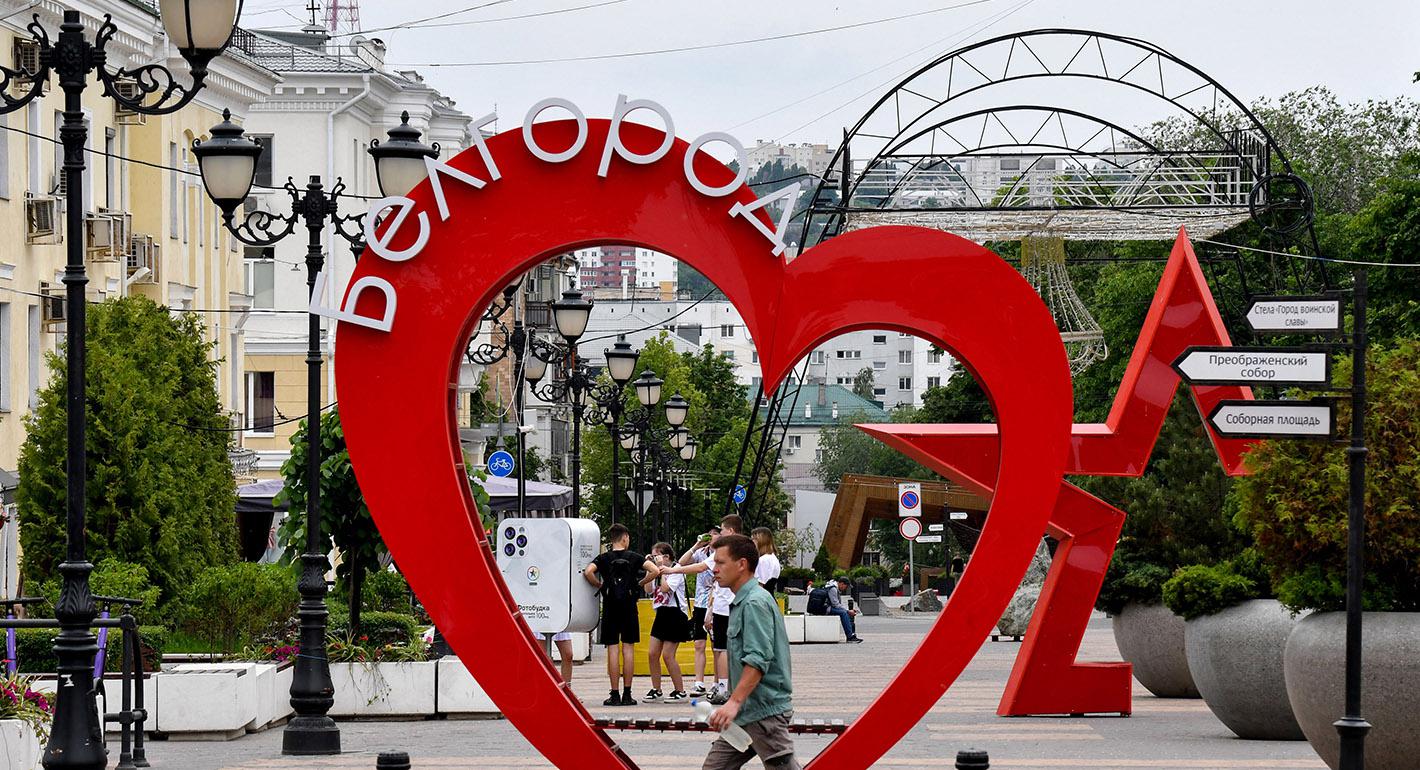The recent drone attacks on Moscow and cross-border incursions into Russia’s Belgorod region did not lead to any radical changes on the map of hostilities, but they revealed the demonstratively ambiguous and even apathetic reaction of the Russian authorities. As the war spills over onto Russian territory, the Kremlin can’t decide what message it wants to send to the public. Instead, just like during the pandemic, it is using the regional governors to test different communication approaches.
Once again, governors are having to demonstrate their emergency management skills while also heading PR campaigns: this time on the subjects of drones, armed hostilities, and other war-related emergencies in their regions. At the same time, they need to avoid excessively dramatic accounts, lest they tarnish the federal government.
Moscow Mayor Sergei Sobyanin and the regional governor Andrei Vorobyov served as the initial sources of information to state-run media about the early morning drone attack on the capital on May 30. Kremlin spokesperson Dmitry Peskov commented five hours after Sobyanin, while President Vladimir Putin only weighed in on the situation in the early evening.
The absence of serious casualties enabled the media to portray the situation as a triumph of Russia’s air defenses, and Sobyanin and Vorobyov’s demonstratively dry, factual statements bought the federal government some time to assess the public reaction and formulate its own account of the incident. The Kremlin eventually presented the attacks as “a failed response” by Ukraine (which has not claimed responsibility) to Russian air strikes, while projecting calm and confidence and convincing Muscovites that life in the city will continue as usual.
The public is apparently eager to lap up this reassurance from the federal and regional governments. Neither the drone attacks on the capital’s residential areas nor those on the Kremlin itself have transformed Muscovites’ growing anxiety into demands that the government stop the war or escalate Russia’s war effort.
In some regions, however, governors are testing a more radical reaction model. The Bashkortostan, Chechnya, Kurgan, and Primorye regions, which are far from the front line, are all led by more hawkish officials. On May 29, their ranks were suddenly swelled by Belgorod Governor Vyacheslav Gladkov, who proposed annexing the neighboring Ukrainian region of Kharkiv to make Belgorod safer, following recent cross-border incursions and shelling.
This was a major turnaround for the Belgorod governor, who had in recent months mostly focused on crisis management and avoided military rhetoric. But even radicals see Gladkov’s proposal for a Russian offensive in the Kharkiv region as fairly unlikely, and the governor himself quickly returned to his crisis manager role, coordinating the evacuation of the town of Shebekino that had come under fire from the direction of Ukraine.
Following the Moscow drone attack, Chechen leader Ramzan Kadyrov reappeared with his trademark belligerent rhetoric, urging the federal government to declare martial law across the country. This is less likely to reflect the central government’s attempts to gauge public opinion, however, than Kadyrov’s efforts to return to the war agenda, from which he has been dislodged by the Wagner mercenary group head Yevgeny Prigozhin.
A number of Russian regions close to the Ukrainian border (such as Krasnodar, Kursk, and Voronezh), as well as some further away that have already seen attacks (Oryol, Ryazan, and Pskov), are now seen as being at higher risk for drone attacks. None of their governors, except for Kursk Governor Roman Starovoit, could be described as federal heavyweights or charismatic leaders. They prefer to focus on the regional agenda and deal with everyday “peacetime” issues ranging from school graduation events to heating concerns.
The main challenge Russian governors face is performing the balancing act demanded by the central government of reacting to emergencies while seeking to maintain the semblance of peace in their regions. Everyone knows that a new wave of mobilization would have unpredictable social and political consequences, so the federal government is trying to avoid that by setting the regions quotas on recruiting professional contract soldiers instead.
The government has not said exactly how many contract soldiers it requires, but it is widely believed that the quotas are very large and therefore at odds with the prevailing apathy in the country. To meet the quotas, wealthier regions have started looking for “volunteers” beyond their borders and informally offering them lucrative payouts to sign a contract with the armed forces.
Volunteers are getting one-time cash advances on the gray market estimated at up to 600,000 rubles (about $7,500), which in many regions exceeds the average annual salary. Similar mechanisms were in place during the pandemic, when more affluent regions hired doctors from economically depressed areas to alleviate personnel shortages.
Just as the federal center continues to walk a fine line between taking urgent steps to remedy the effects of attacks on Russian territory and encouraging the public to ignore and quickly forget those attacks, there is an inevitable conflict between recruiting a massive army of “volunteer” contract soldiers and projecting an image of peaceful life. It’s hard to find more people willing to sign up for ideological reasons when a broad section of the population is convinced that the military operation is going well, and many others simply don’t care about it.






